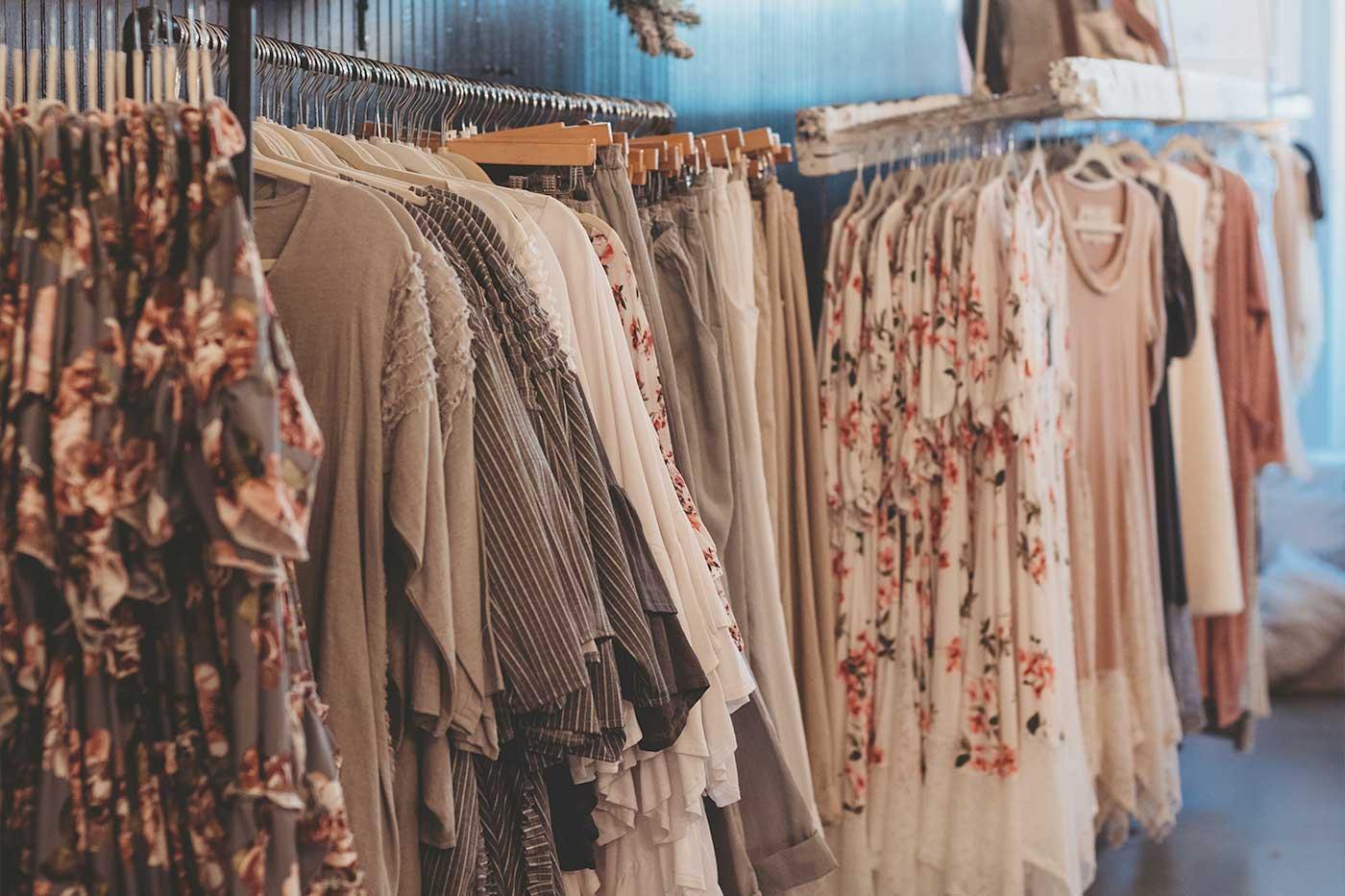A Newbie's Overview to Browsing the Boutique Fashion Scene
Wiki Article
Discovering the Advancement and Impact of Clothes on Modern Style Trends
The evolution of clothes has actually significantly influenced contemporary style trends, merging historic criteria with cutting-edge developments. Famous numbers like Coco Chanel and Yves Saint Laurent changed the apparel industry by introducing concepts that prioritize comfort and availability, which remain to reverberate today. Meanwhile, technological strides in locations such as 3D printing and clever textiles are redefining style opportunities and customer experiences. Additionally, the growing emphasis on inclusivity and sustainability is reshaping industry standards. As we consider these multifaceted influences, one should question how these elements collectively redefine fashion's role in mirroring and shaping contemporary culture.Historic Fashion Influencers
In the tapestry of fashion background, specific figures have left an enduring mark, shaping the fads and styles that specify entire ages. Coco Chanel, an innovative developer, redefined ladies's style by introducing comfy, elegant garments that left from restrictive bodices.Elsa Schiaparelli is an additional critical number, renowned for her avant-garde styles that included surrealist art, collaborating with Salvador Dalí to produce wayward pieces that challenged conventional appearances. Her ingenious usage of color and strong patterns resounds in modern fashion. Yves Saint Laurent, on the other hand, equalized high fashion with prêt-à-porter collections, bringing runway designs to the masses and establishing a precedent for modern ready-to-wear lines.
These enthusiasts, amongst others, not just changed fashion in their times however likewise established sustaining fads that resonate in today's fashion business, giving a foundation upon which contemporary developers proceed to construct and innovate. Their heritages underscore the significance of imagination and bold in style's ever-evolving story.
Technical Innovations in vogue
Amidst the dynamic landscape of the garment industry, technical improvements stand at the leading edge of advancement, improving just how developers produce and customers involve with style. The assimilation of 3D printing has actually reinvented style procedures, allowing designers to try out complex structures and lasting products that were previously unthinkable. This technology promotes quick prototyping, lowering waste and expediting manufacturing times.
Smart fabrics, embedding innovation right into textiles, are also changing the industry. Developments like self-cleaning and temperature-regulating materials supply enhanced performance and convenience. Wearable technology, integrating attributes like fitness tracking and interaction, adds a brand-new measurement to fashion, merging looks with practicality.
Social Changes and Design
As technological advancements proceed to reshape the fashion business, cultural changes are equally prominent, redefining design and customer choices. Recently, the surge of social media sites systems has accelerated the dissemination of global fashion fads, permitting varied social impacts to assemble and exist together. This digital interconnectivity has facilitated the rapid exchange of concepts, bring about an extra comprehensive and diverse interpretation of style that mirrors the complex nature of modern-day society.Cultural awareness and admiration have actually triggered developers to draw inspiration from a broader range of historical and ethnic contexts, integrating typical themes with contemporary visual appeals. This fusion has actually led to fashion that reverberates with a broader audience, advertising a feeling of identity and belonging throughout different demographics. Additionally, the enhancing demand for customization has driven brand names to use customizable alternatives, allowing customers to reveal individuality while more info here mirroring their social heritage.
Furthermore, changing societal worths have impacted fashion, with inclusivity and variety ending up being main styles. The sector has actually begun to accept versions and influencers of numerous body kinds, ethnicities, and sex identities, tough standard appeal standards. This makeover highlights the power of social shifts fit the future of style, as style comes to be a much more genuine expression of collective and individual identity.
Sustainability and Modern Style
While the fashion business remains to develop, the important for sustainability has actually come to be progressively immediate, affecting modern style techniques. This change intends to resolve environmental issues and honest factors to check it out consider, leading to a reevaluation of conventional manufacturing approaches. Developers are now integrating sustainable materials, such as natural cotton, recycled polyester, and eco-friendly fabrics, into their collections, decreasing the environmental impact of style. The surge of slow-moving style, which emphasizes quality over quantity, encourages consumers to invest in ageless pieces instead of transient fads.Additionally, contemporary design is identified by its advancement in lessening waste and promoting circularity. This strategy not only alleviates ecological influence however also boosts the social obligation of style homes.

Future Trends in vogue

Sustainability will remain to be a driving force in forming future fashion fads. The market is increasingly taking on environment-friendly materials and moral production approaches, replying to an expanding consumer need for liable techniques. Technologies such as bio-fabricated materials and closed-loop recycling systems are navigate to this site readied to redefine how apparel is produced and eaten, decreasing ecological impact while preserving style and high quality.
Social shifts, consisting of the rise of inclusivity and variety, will likewise play a pivotal function. As culture becomes a lot more aware of social problems, style is anticipated to end up being a platform for expression and modification. Developers will likely focus on producing collections that mirror a broader variety of experiences and identifications, championing representation and access.
Conclusion
The evolution of clothing considerably impacts modern fashion patterns, where historic influences combine with modern designs. This continuous evolution emphasizes style's role as a mirror to societal worths and technical advancement, suggesting a future abundant with innovation and inclusivity.The development of garments has considerably affected modern-day fashion patterns, merging historic criteria with innovative developments.Amidst the vibrant landscape of the style market, technological innovations stand at the center of advancement, reshaping just how developers create and customers involve with fashion.While the style market continues to advance, the critical for sustainability has actually become significantly immediate, influencing modern-day style techniques. As sustainability comes to be ingrained in modern-day layout, it leads the means for a more conscious and accountable fashion industry.
The development of clothing significantly impacts modern fashion fads, where historical impacts merge with contemporary layouts.
Report this wiki page